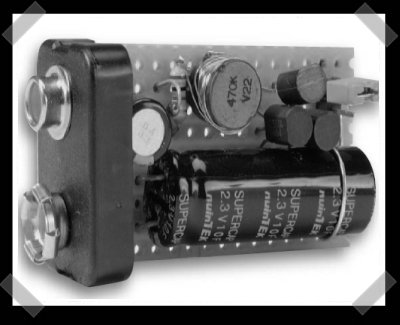
This Powerbook 150 was purchased as a simple media reader. Once the hard drive failed the owner decided to replace it with a compact flash card since IDE adapters were available. There was a problem: the ATA device driver would probe the device and then immediately shutdown because the “identify device” bit wasn’t the expected value. The device driver had been written before more recent changes to the ATA spec. Greg solved the problem by constructing a daughter card that plugs into the adapter board’s 40-pin header and then flips the identifying bit when the device is initially probed.
[thanks iamdigitalman]

















